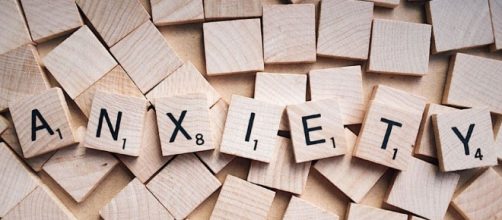In terms of Education, a final test could be a good example of how anxiety is reflected in the students’ Learning process, causing them to eventually portray symptoms that may go from: an apparently adequate behavioural control, to a noticeable intense lack of self-control. This, on occasion, may turn out to be unmanageable for the pupils and for the teachers as well and, subsequently, affect the learners’ ability to express themselves and make their knowledge evident.
How to detect anxiety in your students?
CNN reported that in spite of the nature of the situations, some signs can be when the students,
- Worry too much about anything.
- Find it hard to handle their concerns.
- Seem anguished and impatient about something that is still unknown and unreal.
- Are incapable of staying focused and attentive or, in some cases, the fact of not being able to think about anything becomes quite difficult for them.
- Appear fretful, defensive and, usually unable to see reality as it truly is.
- Act like everything around them is against them.
- Show deficiencies in their academic performances and in their ability to relate to the people around them.
What to do when realizing anxiety in the classroom?
Action guidelines may mostly depend on the nature of every context, however, according to the CNN, some general ways to react to this type of behaviour could be:
- Remembering that adolescence is a state in which emotions are amplified. Teachers’ duty should be that of seeing things from the learners’ perspective.
- Stimulating critical thinking in pupils so that rational decision making can be promoted.
- Give our students the opportunity to experience reality with its ups-and-downs by themselves, as past problems work as vaccines that ready them for future and similar struggles.
- Transmitting to our students the idea that the world we live in is a safe place regardless of the social, political and economic issues it is facing nowadays.
- Encouraging them to face their fears so that they can see that there is always a way to overcome any obstacle life might put ahead of them and that the worst thing they could do is to avoid situations because of trepidation and nervousness.
- Creating a nice and friendly environment in the classroom for students to feel worthy and valued.
- Telling a joke, laughing may end up calming our students’ anxiety.
- Dealing with conflict in the classroom as soon as they emerge, by communicating in a healthy way, one in which learners are allowed and animated to particípate in the decisión-making process, while carefully listening to each other’s opinion.
Although children and teenagers are said to be the future of the world, it is our must, as adults, to help them get there, by providing them with the necessary materials and knowledge for them to become whoever and whatever they choose to be.


